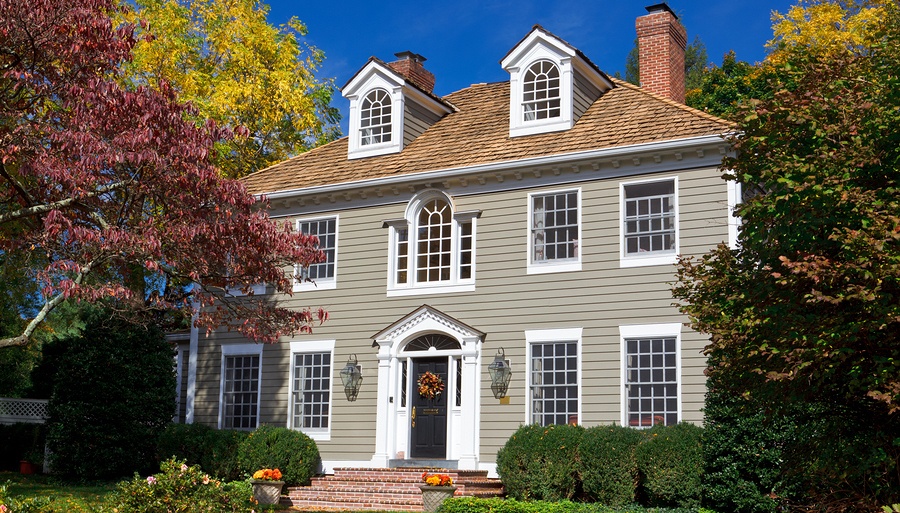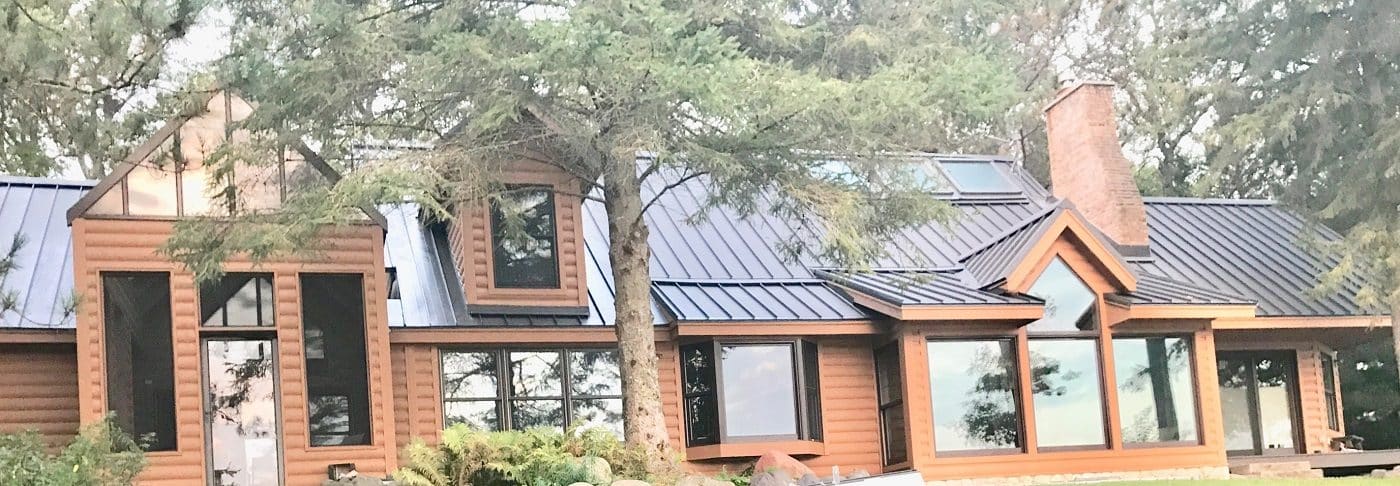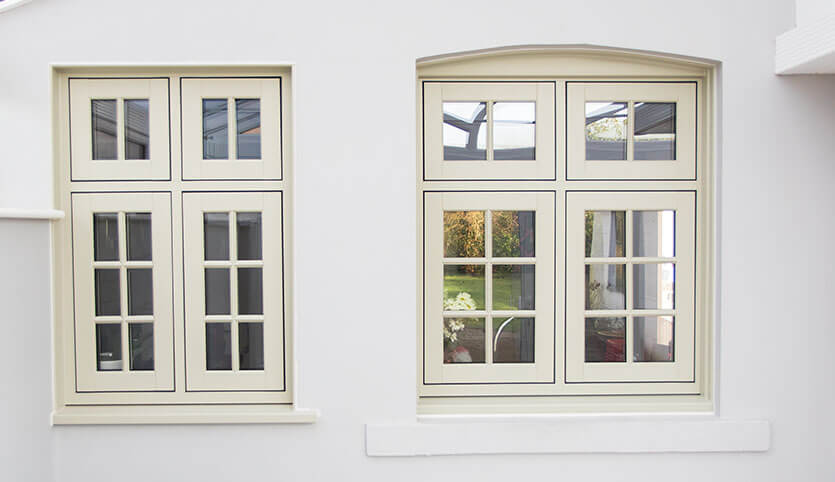As per official records there were 192,060 cases of burglary in homes registered across England and Wales in the year that ended in March 2022. In other words the record says there were 526 home burglaries per day and a house was burgled every 164 seconds. These statistics are scary but unfortunately you cannot deny the truth. In this intimidating atmosphere what can one do? This question seems to be most relevant. One of the sensible steps that homeowners can take in the wake of rapidly increasing incidents of home burglaries is investing in additional security measures like motion detectors and CCTV cameras. When you have CCTV cameras installed in your home it discourages burglars from breaking into your home. Moreover these closed circuit cameras make it easier for you to report the matter to the police. As such identifying the miscreants also becomes easier in that circumstance thanks to CCTV footages.
The latest range of CCTV cameras is designed in such a way that it is easy to install. You do not need professionals to install the device within your property.
Where to mount your CCTV cameras
Do you know what the first step is in installing security cameras? According to professionals trained in CCTV installation in London it is planning the right positions for the cameras. Other than that even the range of the cameras are important. The cables of these devices must be long enough to connect to the nearest electrical sockets within your property. on the other hand if you want to avoid the mess of wires there is the option for wireless devices for you.
In the following section of this blog post let us explore few ideal places in homes where you can place your security cameras.
- Entrances at the front, side and the back
- Windows at the ground floor
- Detached buildings and garages
- Backyard
- Second floor
You should your security cameras on the sideway or walkway. This way you can capture the faces of every individual who walks up to your door. To make sure people cannot tamper with the camera or throw items at it put a wire cage around it. It is even better if you mount it at a height that is difficult to reach out from the ground level. It is important to install cameras at patio and French doors. These two are the most vulnerable areas of any home for break ins.
Usually burglars prefer breaking in through windows that do not face the street. In order to prevent burglary in your home install security cameras in these areas. You should even consider installing smart window locks to reinforce your security.
A large number of homeowners consider there is no need to reinforce security in detached buildings and garages. As a result burglars often prefer these detached structures to break into your property. But your WI-Fi range may not cover these remote locations of your property. in that case you may make use of a range extender. Alternatively consider installing a camera here that does not require the Internet connection.
Your outdoor cameras should not leave any blind spot on your backyard. The security devices must cover every square inch of the backyard. You should provide your security cameras installed in the backyard with security lights. Illumination further deters burglars from going anywhere near to your property.
Professionals who deal in CCTV installation in the UK suggest securing the main hallway on the second floor with an indoor camera. This helps safeguarding your valuables. This also proves helpful providing more video evidence in case of a burglary.
Installing CCTV camera – the procedure

- Step 1: Identify the spots to fix the brackets for mounting the device
- Attach the cameras and secure those
- It is important that you install the DVR or digital video recorder in a secure spot. It is better to keep the surveillance device inside a locked compartment. This proves helpful protecting the surveillance data. Wireless CCTV cameras use NVRs instead of DVRs. NVR stands for Network Video Recorder. NVRs are to be installed and maintained the same way.
- There must be a proper plan for cable pathways between the cameras and the DVR. While working with indoor cables run those from underneath the carpet, ceiling cornices or near skirting boards. On the other hand use wire mouldings for outdoor cameras. According to some of the best CCTV security cameras installation experts these mouldings keep the cables stable and prevent tampering.
- Make connection between the network cable and your Internet router. IP cameras need Cat 5 or Cat 6 cable. Analogue HD cameras make use of a BNC cable and a DC pin connector to perform their task smoothly.
- Make sure that every camera placed across your property is connected to the DVR or the NVR. Then you have to connect the DVR or NVR to the screen on which you want to see the video feeds. To secure a higher resolution it is better to use an HDMI as the monitor.
Identifying these spots is the crucial step to install these security cameras. First drill the holes on right spot. Then insert the raw plugs followed by screwing the brackets on. if you have wired cameras in that case thread the wiring back through the wall to connect it to the source of monitoring. The holes that you drill should be large enough to pull the wire through.
In the next step you should plug the power cord into an electric socket. A range of wireless security cameras does not need any power cord. But in those cases you have to keep recharging their battery packs at regular intervals.
Once each of the steps mentioned above is carefully executed it is time to switch the power on to check the video feed. Make sure each camera is capturing feed from its intended area of operation. You may have to adjust the camera angles to sort out blind spots. In case some of the cameras are not working you should better check the connections as well as the network clips.
Installing wired CCTV cameras is not easy. In fact the task is even more challenging for those who know nothing about cables. If you want a swift and hassle-free CCTV security camera system installation then you should go for wireless cameras suggest experts at Commercial Electrician. Wireless surveillance cameras stay connected through wireless receivers. As a result there is no need for getting into the complication of cable planning.
88 total views, 1 views today





